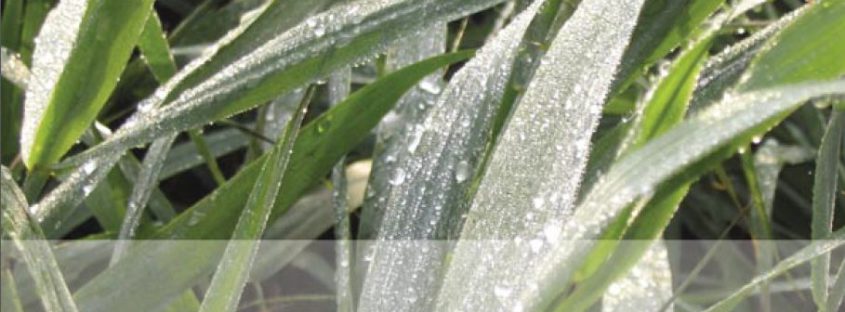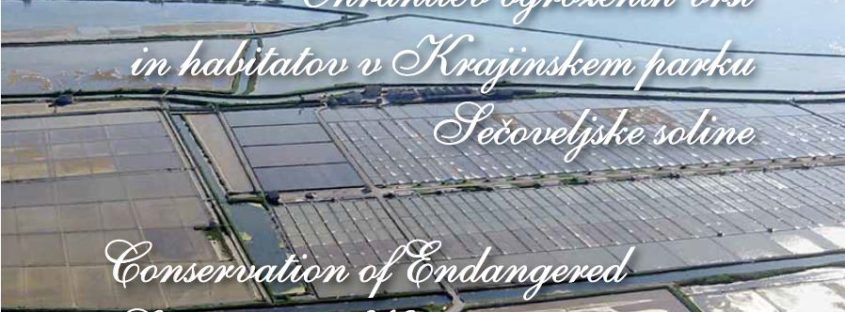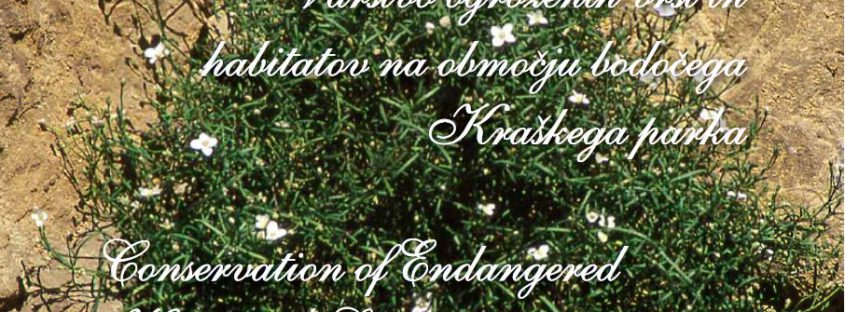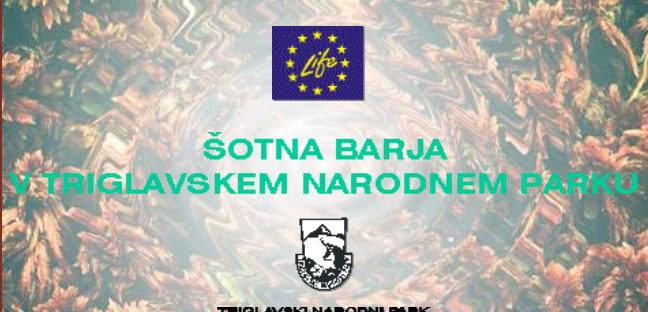Background Greenhouse gas emissions are a serious threat to the environment: Under the Kyoto Protocol (initially signed in Japan in 1997) industrialised countries committed themselves to a reduction by 2012, of 1991 levels of four greenhouse gases (carbon dioxide, methane, nitrous oxide, sulphur hexafluoride) and two groups of gases (hydrofluorocarbons and perfluorocarbons) produced by them.…
Author: LIFE Slovenija
Background Landfilling is the most common form of disposal for waste that cannot be reused or recycled and where there are no thermal waste treatment plants available. Improper landfilling or after-care techniques can cause serious environmental problems through ground and surface water contamination. The development of alternative methods for landfill management and after care to…
Background Corncrakes (Crex crex) are related to moorhens, coots and rails but differ from most members of the family because they live on dry land. They are very secretive, spending most of their time hidden in tall vegetation, their presence only betrayed by their rasping call. Corncrakes nest and rear their young in tall grass…
Background Salt production was in past centuries one of the main commercial activities for people living along the 46 km-long Adriatic coast of Slovenia. Today however, this labour-intensive activity has become too costly and most ‘salinas’ (salt-pans) have been abandoned, or are no longer used. The Secovlje salt-pans, located in the southernmost stretch of the…
The Slovene Karst region, on the north-western ridge of the Dinaric Mountains, between Trieste, Gorizia and Postojna, is one of the richest areas in Slovenia in terms of biodiversity. A flat to hilly limestone area, with a rich diversity of karst features such as caves, sinkholes and canyons, the region is a mosaic of dry…
Background Slovenia is among the few European countries with a well-preserved population of brown bear (Ursus arctos), listed as a priority species in the Habitats Directive. The size of the brown bear population has increased in the last decades and, consequently, there has been an increase in the number of bears along the main migration…
Background Our work will be executed in six steps: 1.) A selection of small individual heating boilers will be made with a help of local authorities of the city of Ljubljana. At the moment 35 owners of small individual heating boilers already agreed to participate in this demonstration. 2.) Sensors will be mounted at small…
Background The Triglav National Park, not too far from the border with Italy, is a well known tourist site in Slovenia. Inside the park, on the Pokljuka plateau, there is an extensive area of peat bogs, a very special ecosystem, with raised bogs, water springs, ravine and slope forests. The pressure from tourism represents however…
Background Situated between the harbour and the centre of the city of Koper, the third largest city in Slovenia, the Skocjanski zatok nature reserve is the only large brackish wetland in the country. Thirty years ago the brackish lagoon, with its shallow water areas and mudflats, its reed beds and meadows, provided food and shelter…
Background The karst area is particularly valuable because of its biological diversity, including 30 endemic species recorded in the IUCN Red List of Threatened Animals. The area is also home to a complex river system, and contains the largest uninterrupted, natural and intact woodland area in the region. The Cerknisko plan and its intermittent lake…












